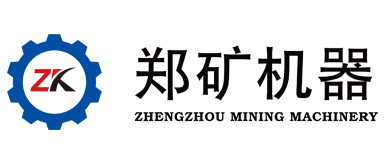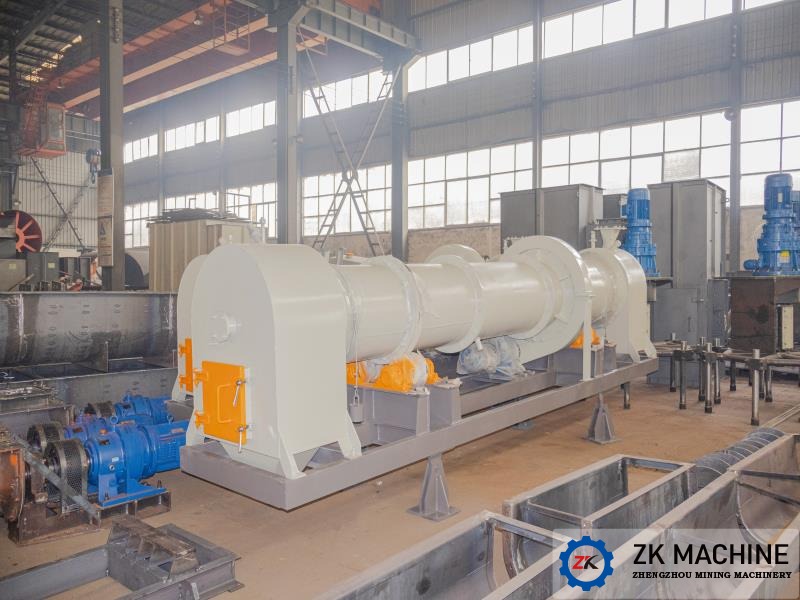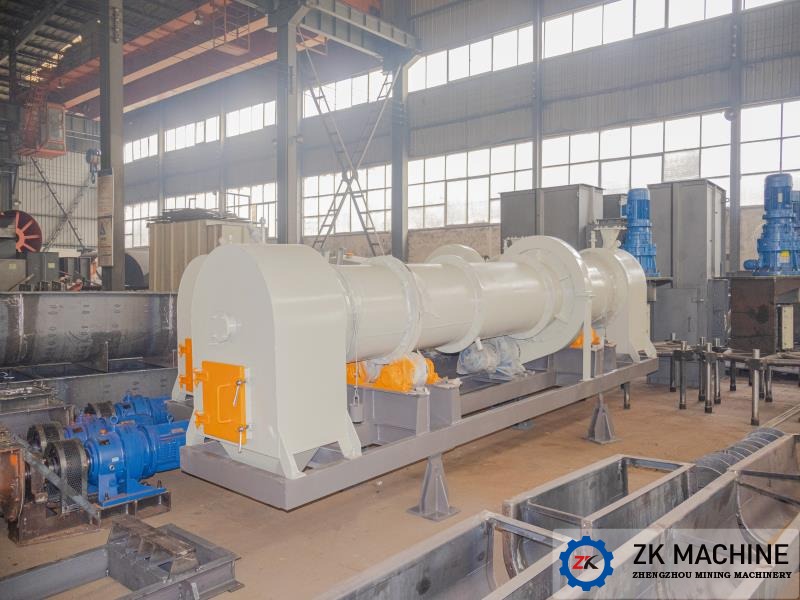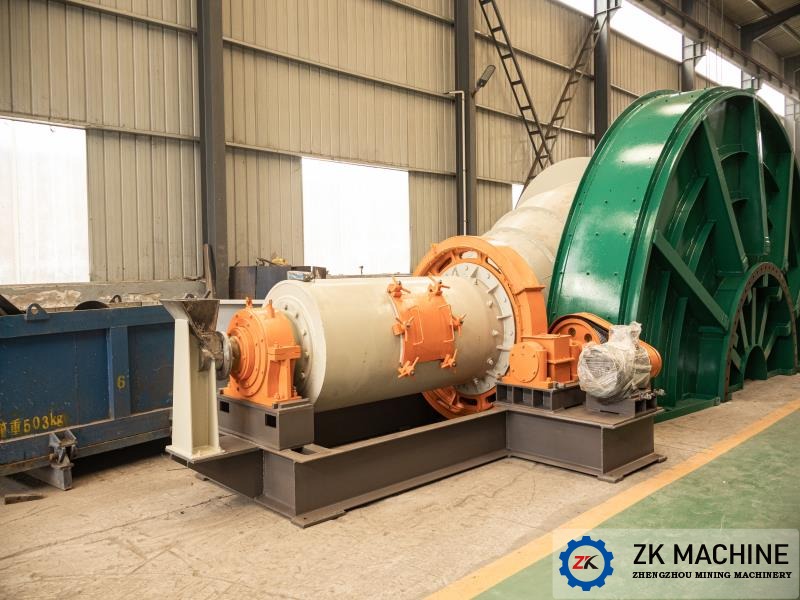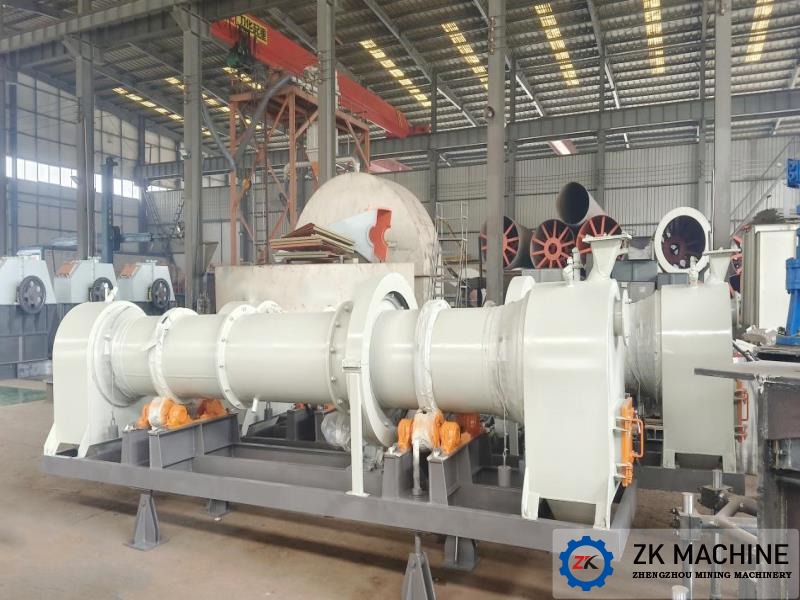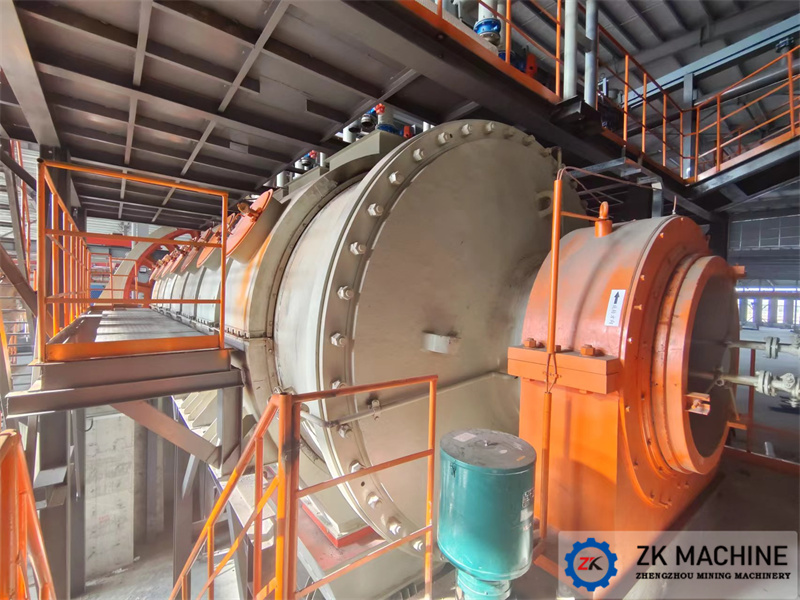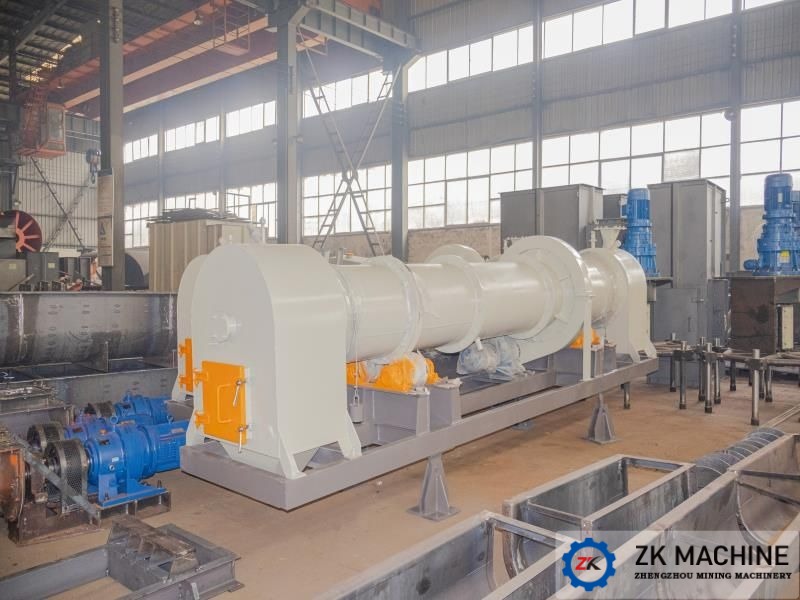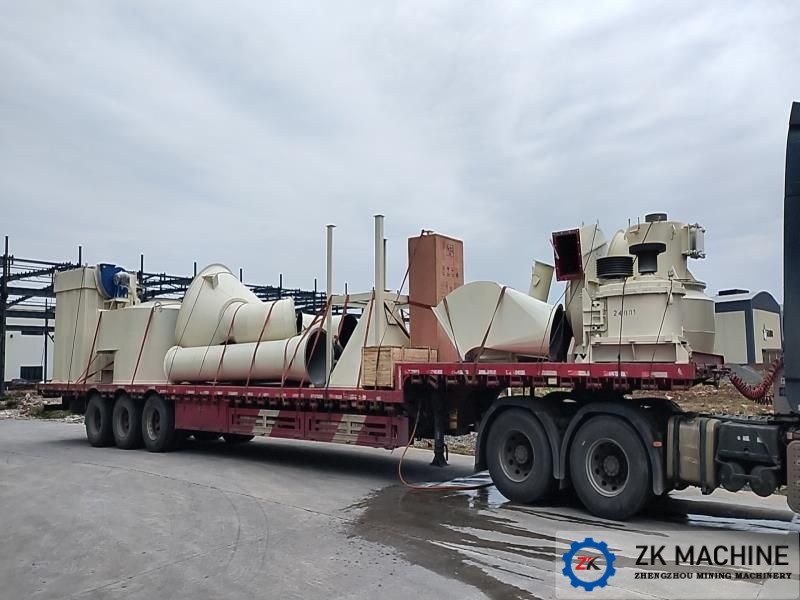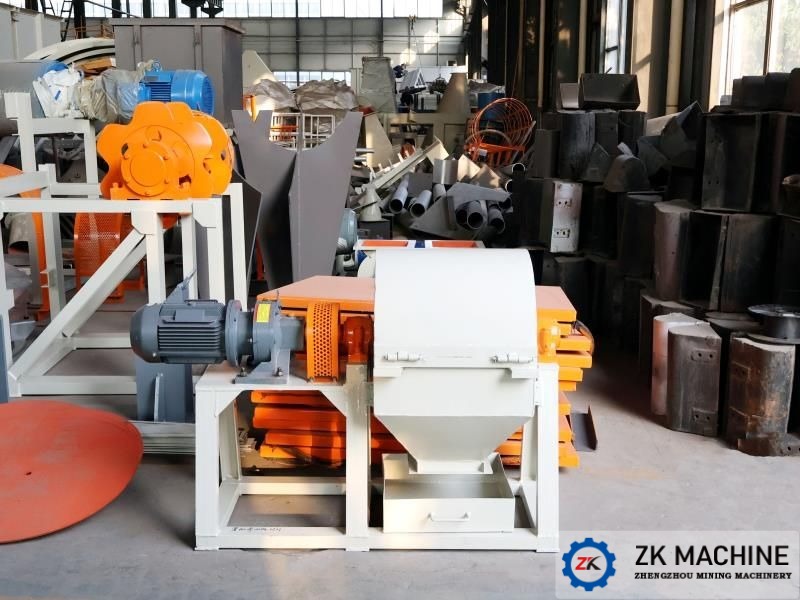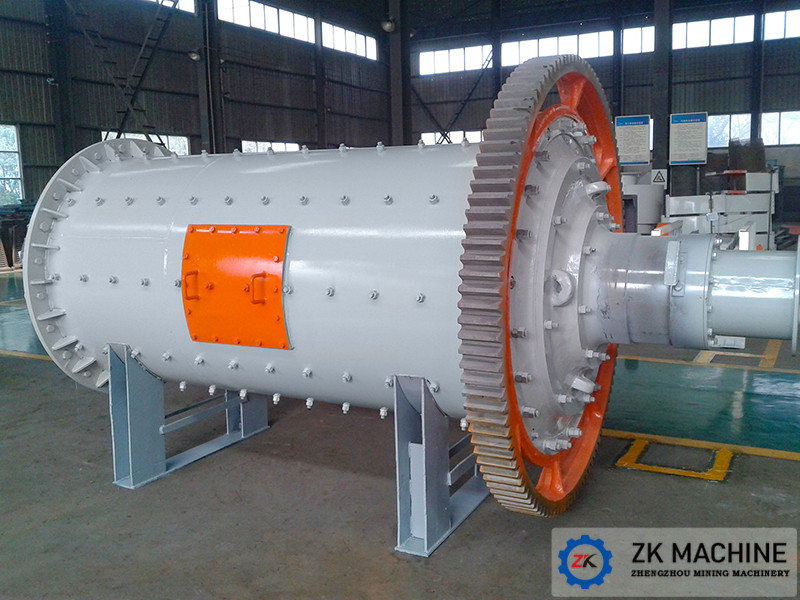Project Site: Thailand
Product Name: Ceramic Mill and Test Kiln
Processing Capacity: 300kg/h
Equipment Configuration: 1 φ750×1800mm Ceramic Mill, 2 φ0.529×4m Test Kilns and Matching LPG Combustion System and Thermocouple
Material: Water-quenched Glass Sheet
Project Overview:
This project is located in Thailand and serves a large sensor manufacturer. The equipment required by this customer is used to produce raw materials for sensors. The core requirement is to grind the water-quenched glass calcined at 500℃ to 200 mesh, and no mechanical iron can be added during the whole process. The raw material is 10-20mm water-quenched glass, and LPG is used as the calcination fuel. After the calcined glass is ground to 200 mesh, it is transferred to the airflow grinding process.
